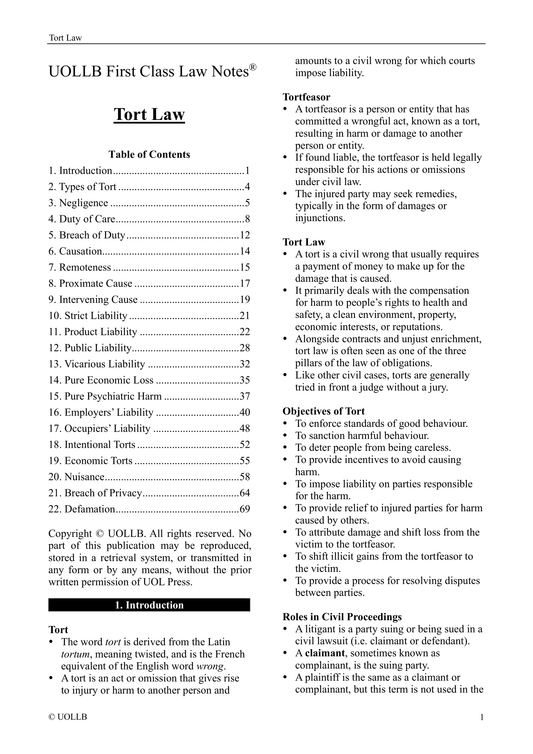Explain what is meant by hierarchy and ratio decidendi
Share
Hierarchy and ratio decidendi are two important concepts in the field of legal reasoning and the common law system. Together, these concepts underpin the stability, predictability, and fairness of the legal system, essential for maintaining public trust and confidence in the administration of justice.
Hierarchy
Hierarchy refers to the structure of authority and precedence within a legal system. It establishes the relative authority and binding nature of different sources of law. In a hierarchical system, certain laws or legal authorities are considered superior or higher in authority than others, and they govern the interpretation and application of the lower-ranking laws.
In the context of legal systems like that of the United Kingdom, the hierarchy typically places statutes or Acts of Parliament at the highest level of authority. Statutes are laws enacted by the legislative body, such as the Parliament, and they carry the most weight in the legal system. Courts must interpret and apply statutes in accordance with their provisions.
Below statutes in the hierarchy are other sources of law, such as case law or judicial precedent, which includes decisions made by higher courts that serve as binding precedents for lower courts. Case law helps interpret statutes and fills in the gaps left by legislation.
Understanding the hierarchy is essential in legal reasoning because it establishes the authority of different legal sources and guides courts in determining which laws are applicable and how they should be interpreted.
Ratio Decidendi
Ratio decidendi is a Latin term that means "the reason for deciding". It refers to the legal principle or reasoning that forms the binding part of a court's decision in a particular case. The ratio decidendi is the part of the judgment that provides the legal basis for the court's decision and sets a precedent for future cases with similar facts and legal issues.
When a court decides a case, it considers various arguments and issues raised by the parties. The ratio decidendi is the specific legal principle or rule that the court identifies and applies to resolve the legal question at hand. It represents the essential and necessary part of the decision that is binding on lower courts and serves as a precedent for future cases.
In contrast, the obiter dicta, which means "other things said", refers to statements or observations made by the court that are not strictly necessary for the decision. These statements do not have binding authority but may provide persuasive guidance or legal commentary on related issues.
Distinguishing the ratio decidendi from obiter dicta is crucial in legal reasoning as it helps establish the binding precedent that must be followed in subsequent cases. It provides clarity on the legal principle that courts should apply in similar situations and ensures consistency and predictability in the law.
Identifying the ratio decidendi can sometimes be challenging, especially in complex cases with multiple issues and arguments. Courts may provide different reasons or interpretations, leading to debates about the precise ratio decidendi. However, the ratio decidendi is fundamental in establishing legal precedents and shaping the development of the law.




























































